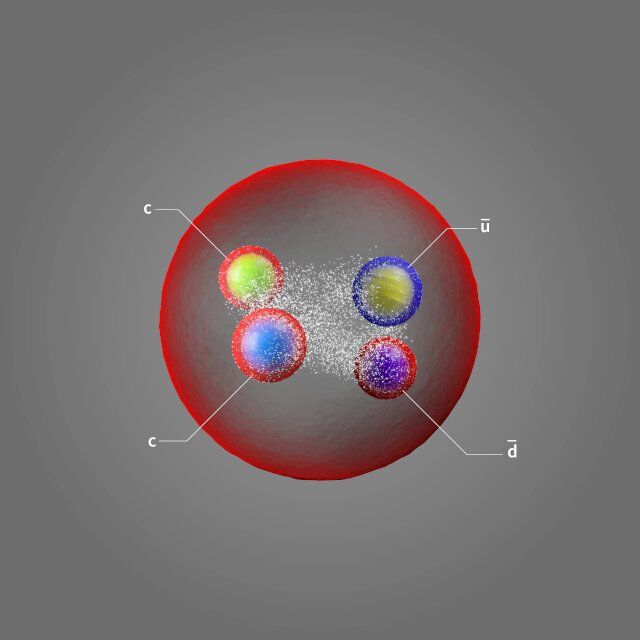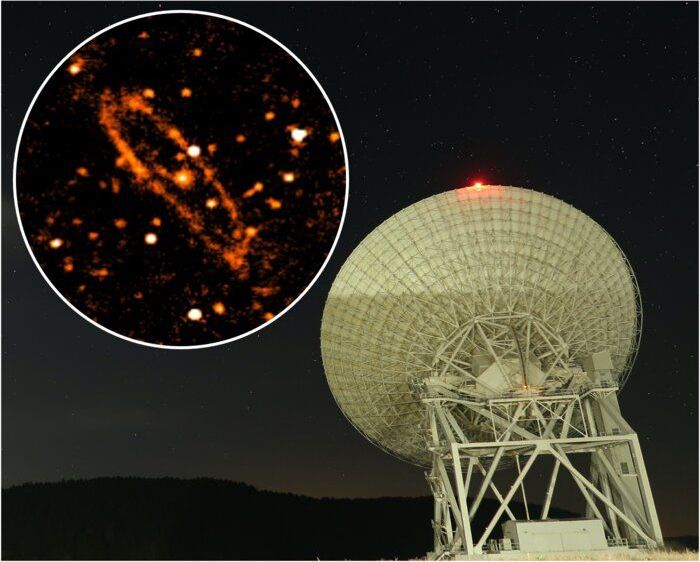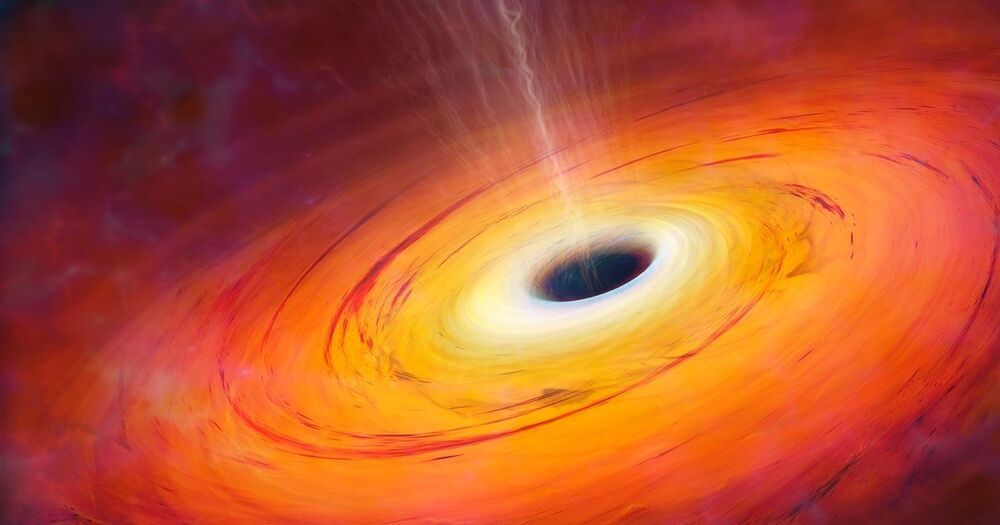Only a few years ago, this might have sounded crazy, but it’s here now – the first head-to-head, high-speed race without the actual racing drivers. Autonomous vehicles will soon be competing against each other at the Indy Autonomous Challenge, an event that will probably be remembered for years to come.
Get the latest international news and world events from around the world.

New exotic matter particle, a tetraquark, discovered
Quarks are the fundamental building blocks from which matter is constructed. They combine to form hadrons, namely baryons, such as the proton and the neutron, which consist of three quarks, and mesons, which are formed as quark-antiquark pairs. In recent years a number of so-called exotic hadrons—particles with four or five quarks, instead of the conventional two or three—have been found. Today’s discovery is of a particularly unique exotic hadron, an exotic exotic hadron if you like.
The new particle contains two charm quarks and an up and a down antiquark. Several tetraquarks have been discovered in recent years (including one with two charm quarks and two charm antiquarks), but this is the first one that contains two charm quarks, without charm antiquarks to balance them. Physicists call this “open charm” (in this case, “double open charm”). Particles containing a charm quark and a charm antiquark have “hidden charm”—the charm quantum number for the whole particle adds up to zero, just like a positive and a negative electrical charge would do. Here the charm quantum number adds up to two, so it has twice the charm!
The quark content of Tcc+, has other interesting features besides being open charm. It is the first particle to be found that belongs to a class of tetraquarks with two heavy quarks and two light antiquarks. Such particles decay by transforming into a pair of mesons, each formed by one of the heavy quarks and one of the light antiquarks. According to some theoretical predictions, the mass of tetraquarks of this type should be very close to the sum of masses of the two mesons. Such proximity in mass makes the decay “difficult,” resulting in a longer lifetime of the particle, and indeed Tcc+, is the longest-lived exotic hadron found to date.


Scientists capture most-detailed radio image of Andromeda galaxy to date
Scientists have published a new, detailed radio image of the Andromeda galaxy—the Milky Way’s sister galaxy—which will allow them to identify and study the regions of Andromeda where new stars are born.
The study—which is the first to create a radio image of Andromeda at the microwave frequency of 6.6 GHz—was led by University of British Columbia physicist Sofia Fatigoni, with colleagues at Sapienza University of Rome and the Italian National Institute of Astrophysics. It was published online in Astronomy and Astrophysics.
“This image will allow us to study the structure of Andromeda and its content in more detail than has ever been possible,” said Fatigoni, a Ph.D. student in the department of physics and astronomy at UBC. “Understanding the nature of physical processes that take place inside Andromeda allows us to understand what happens in our own galaxy more clearly—as if we were looking at ourselves from the outside.”

TSMC 2nm chip plans announced, a day after Intel said it could catch up
TSMC 2nm production is likely to begin sometime in 2023, after the company got the green light for its most advanced chipmaking process yet.
The news comes just one day after Intel said it believed it could catch, and overtake, TSMC’s chipmaking capabilities within four years…
A large part of the secret to creating ever more powerful chips is shrinking the die process: getting more transistors into the same size of chip. The A14 chip used in the iPhone 12, designed by Apple and fabricated by TSMC, contains 11.8 billion transistors.

Sarcoma Awareness Month: 2021 Immunotherapy Research Updates
A variety of new and promising cancer immunotherapy treatments are only available to patients in clinical trials. Help speed the development of potentially lifesaving drugs. Discover trials for which you or a loved one may be eligible with the CRI Immunotherapy Clinical Trial Finder.


13 Possible Psoriasis Complications
Psoriasis is a lifelong, autoimmune inflammatory disease. It often appears as a skin condition, but it is a systemic condition that can affect many parts of the body.
Psoriasis often causes skin lesions, but also a higher risk of other conditions, such as celiac, inflammatory bowel disease, and mental health issues. Find out more.
Helion Energy Says It Will Offer the World’s First Commercial Fusion Power
😀
Helion plans to provide the first commercially viable nuclear fusion power! There remain obstacles, but zero-carbon energy is too promising to ignore.